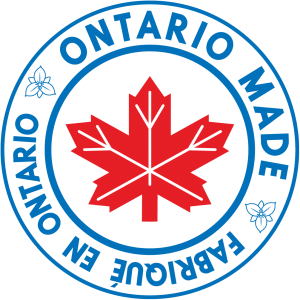How to Effectively Set Trade Show Goals
Setting clear and specific trade show goals is crucial to maximizing the ROI of your event marketing efforts. Identifying your goals early can help you create an effective plan to achieving them and making this upcoming trade show season your best one yet.
To help you get started, we’ve put together our six steps to setting goals for your trade show marketing:
1. Define your objectives
Start by considering what you want to achieve through your trade show marketing. This will vary depending on the size and/or age of your business and the products or services you offer.
For example, a new business may be looking to increase their brand awareness through trade shows and events, while a more established business may be looking to introduce a new product or service.
Some other possible objectives include:
- Generating new leads
- Building relationships with customers and/or vendors
- Distinguish your business as experts in your field
2. Identify your target audience
Who are you trying to reach and how will you reach them? Knowing your target audience is essential for setting goals that are both relevant and attainable.
Create buyer personas for your target audience based on your biggest and most loyal customers from your existing customer base. Identify their demographics, interests, needs, and preferences to design a trade show booth that successfully attracts your ideal customers.
3. Establish SMART goals
SMART goals are specific, measurable, achievable, relevant, and time-bound. Establish SMART goals that support your overall trade show objectives.
For example, if your objective is to generate new leads, your SMART goal may be to collect contact information for a set number of attendees at the trade show.
4. Determine your metrics
To measure your success identify the metrics that will help evaluate your trade show appearance. Some possible metrics may be:
- Number of leads generated
- Number of product demos conducted
- Number of attendees who visited your booth
- ROI of your trade show investment
5. Build your plan
Develop a plan based on your goals and metric that outlines the specific strategies you’ll use to achieve your objectives.
Your plan should cover:
- Trade show display
- Marketing materials (flyers, giveaways, etc.)
- Trade show staff
This plan should include a timeline, budget, and responsibilities for each team member involved in the trade show marketing effort.
6. Track and evaluate your performance
Track your progress against your goals and metrics throughout the show and over the month or two following. Record any learnings you uncover to improve your trade show marketing strategy for future events.
By following these steps, you can identify your target audience for trade show and develop a marketing strategy that is tailored to their needs and preferences. This can help you attract more leads, generate more sales, and increase your return on investment.
To help you create a trade show display that achieves your goals, turn to Best Displays and Graphics. With over 25 years of experience in the trade show industry, we have the knowledge you need to create a winning booth display for your brand. Contact us today to get started.

